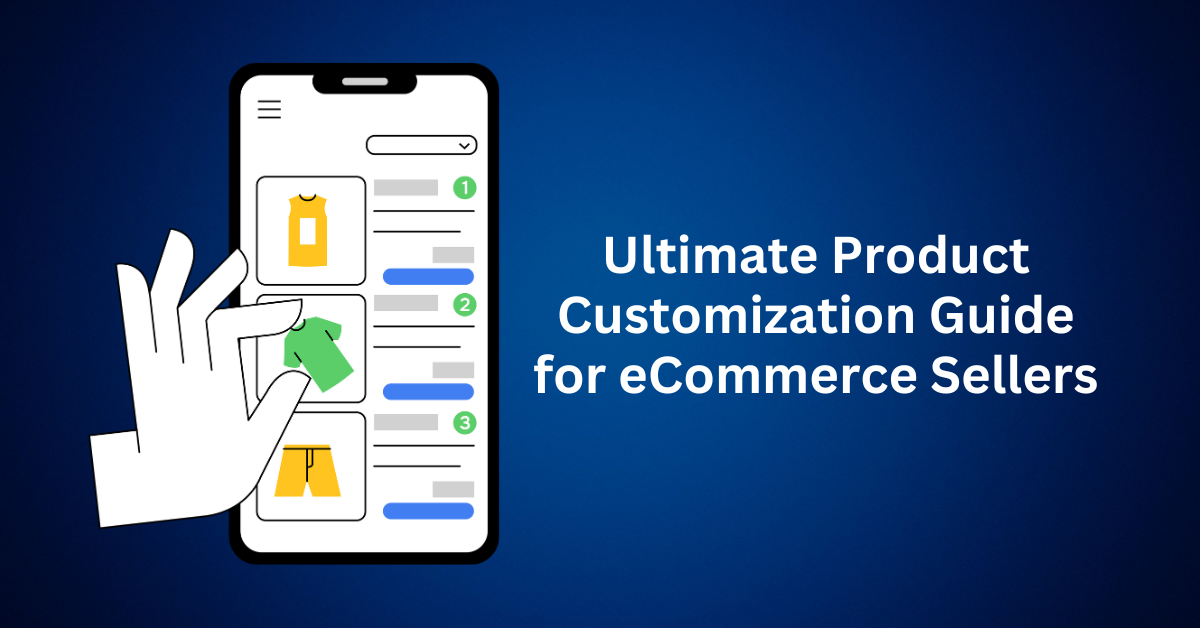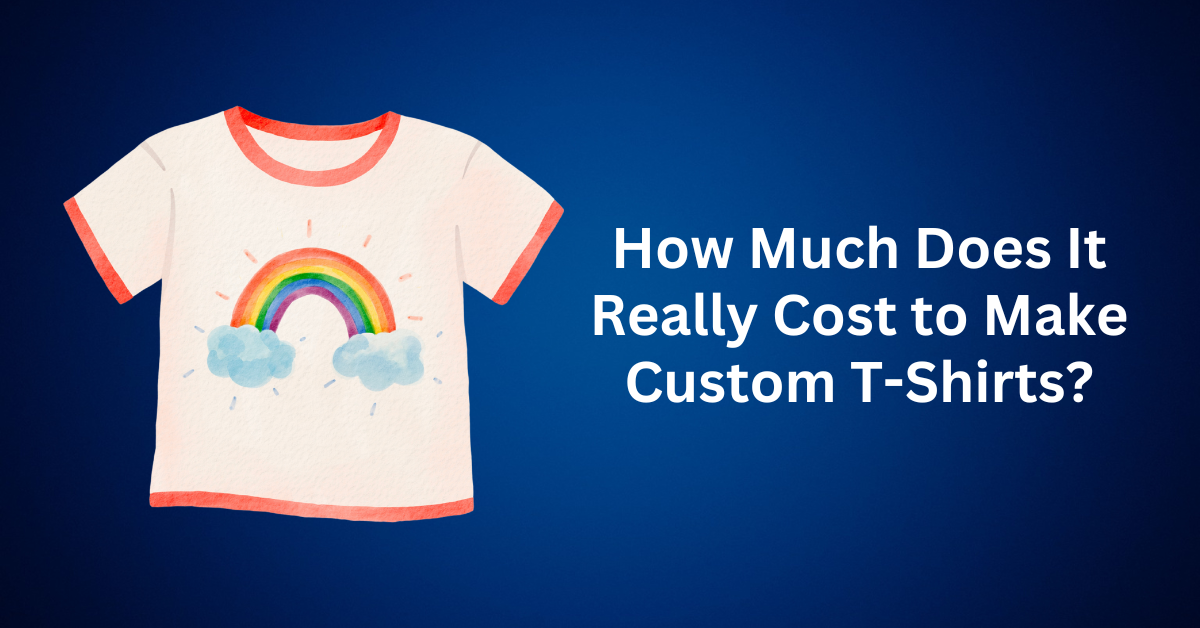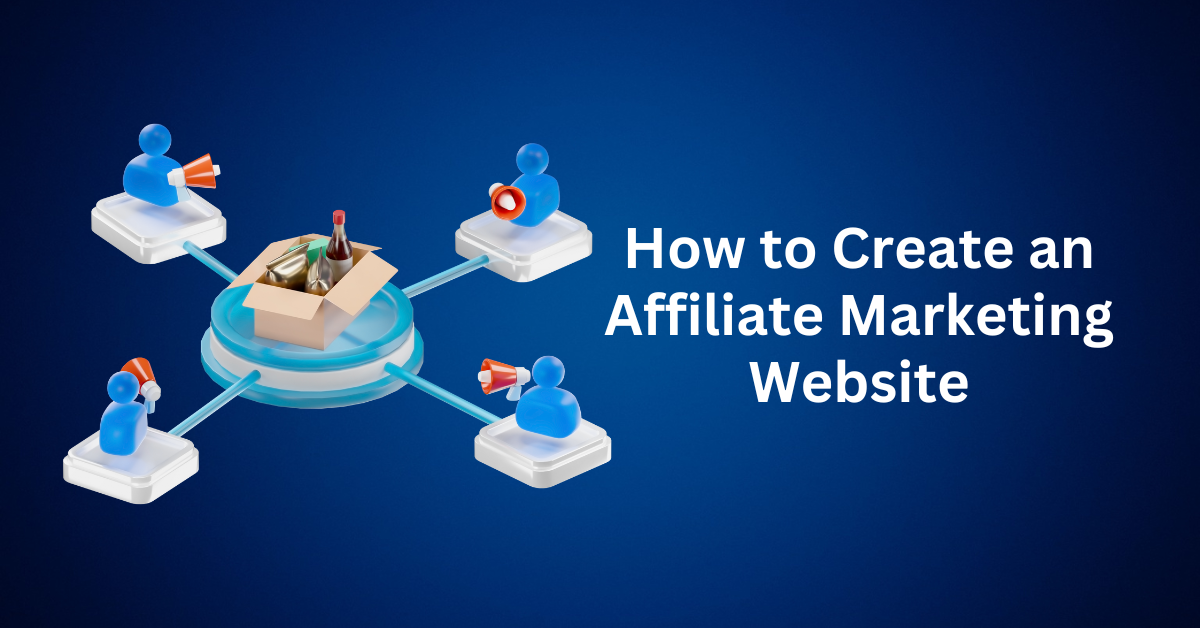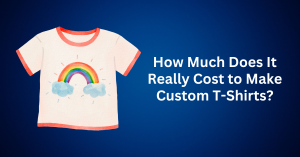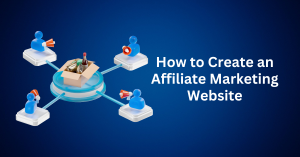In today’s eCommerce landscape, where customer expectations are higher than ever, one strategy continues to gain momentum: product customization.
Think beyond the standard. Whether it’s a mug printed with a favourite quote, a hoodie in a custom colour, or a candle in a chosen scent, shoppers are increasingly drawn to products that reflect their personality. Offering customizable options isn’t just a fun add-on. It’s a powerful way to elevate your brand, increase conversions, and create memorable shopping experiences.
In this comprehensive guide, you’ll learn:
- What product customization really means (and how it’s different from personalization)
- Why customizable products can boost your sales and brand loyalty
- How to implement customization using platforms like Printify
- Top customizable product ideas you can start selling today
Let’s explore how you can use product customization to transform your online store into a customer favourite.

Table of Contents
ToggleWhat Is Product Customization?
Product customization is the process of allowing customers to tailor certain aspects of a product before purchase. This might include choices in:
- Colors
- Sizes
- Materials
- Scents or flavours
- Text or image placement
- Add-on features or styles
Unlike personalisation, where a product is altered specifically for a single customer based on their data or behaviour, customization gives shoppers a menu of predefined options to mix and match.
For example, an apparel store might offer a t-shirt design in five colors and three fits. A home decor brand might allow buyers to choose fabric patterns and pillow sizes. These variations empower customers to make selections that reflect their unique preferences, without requiring the seller to hold massive inventory.
Why Product Customization Matters in eCommerce
In a crowded digital marketplace, product customization can be your competitive edge. Here’s why it works:
- 1. Delivers a Personalized Experience: Today’s consumers want more than just products. Instead, they crave connection. Offering customizable options lets them play a part in the creation process, making the final purchase feel more personal and meaningful.
- 2. Boosts Brand Loyalty: When shoppers can tailor items to fit their style, they’re more likely to develop an emotional attachment to your brand. That connection drives repeat purchases and word-of-mouth referrals.
- 3. Reduces Returns: When customers get exactly what they want, they’re far less likely to return it. Customization eliminates guesswork, which often leads to greater satisfaction and fewer refund requests.
- 4. Increases Perceived Value: Customizable products often justify higher price points. Shoppers perceive more value in a product that feels “made just for them”, even if they’re choosing from predefined options.
How Product Customization Works
Most online stores use product customization software or integrations to streamline the customer experience. Depending on your eCommerce platform, this can take several forms:
- Dropdown menus for colour, size, or material selection
- Interactive product previews
- Custom text or image uploads (great for gifts and merch)
- Third-party integrations with tools like Printify, which handle both customization and fulfillment
Example: With Printify, sellers can upload artwork and allow customers to personalize items like t-shirts, mugs, and phone cases. Shoppers select their options, and Printify handles production and shipping, no inventory or manual work required.
What Is Product Personalization?
In today’s marketplace, where shoppers increasingly seek meaningful connections with the products they purchase, product personalization offers a distinct advantage for eCommerce sellers. Specifically, personalization involves tailoring a product to an individual using customer-provided information—such as a name, photo, initials, birthdate, or a meaningful quote. As a result, the outcome is a unique, one-of-a-kind item that reflects the identity, story, or sentiment of the buyer or gift recipient.
Moreover, from engraved jewelry to monogrammed notebooks, personalized products create a more intimate and memorable experience, making them ideal for gifting or celebrating special occasions. Consequently, by offering personalized options, businesses can enhance emotional connection, increase perceived value, and ultimately stand out in a crowded marketplace.
How Product Personalization Works
At its core, product personalization invites the customer to co-create. Shoppers provide personal details during the ordering process, often through a form or upload field, which are then used to craft a uniquely tailored product.
Common personalization features include:
- Names or initials (e.g., on towels, wallets, or baby clothes)
- Dates with significance (e.g., anniversaries, birthdays, graduation years)
- Personal photos or hand-drawn artwork
- Messages or quotes (e.g., wedding vows, family mottos)
This approach enhances the emotional value of a product, turning an ordinary purchase into a keepsake.
Why Product Customization Boosts eCommerce Performance
Offering personalized products doesn’t just enrich the customer experience. It can significantly benefit your business.
1. Emotional Engagement: Personalized items create stronger emotional connections with customers, especially when tied to life events or personal identity.
2. Increased Willingness to Pay: Because the product feels unique and meaningful, customers are often willing to spend more, boosting your average order value.
3. Stronger Brand Loyalty: When your store helps customers create memorable moments, they’re more likely to return and recommend you to others.
4. Reduced Competition: Since personalized products are uniquely crafted per order, they’re harder to replicate. That exclusivity gives you a competitive edge in the market.
Product Customization vs. Personalization: What’s the Difference?
Although often used interchangeably, product customization and product personalization are two distinct strategies, each with its own benefits and ideal use cases.
Here’s a side-by-side comparison to help you understand the key differences:
| Feature | Product Personalization | Product Customization |
| Definition | Adds unique elements based on individual customer data (e.g., names, photos) | Offers a range of predefined options for the customer to choose from |
| Example | Engraving a name on a watch, printing a photo on a phone case | Selecting the colour, size, and sleeve type of a hoodie |
| Customer Effort | Moderate – the buyer must provide input or upload information | Low – the customer chooses from a list of preset options |
| Purpose | Creates emotional connection and exclusivity | Enhances functionality and style choices |
| Use Cases | Ideal for gifts, celebrations, personal keepsakes | Great for fashion, tech, furniture, and decor |
| Value Proposition | Sentimental value, uniqueness | Practicality, flexibility |
In short, personalization speaks to the heart, while customization appeals to personal style and preference.
How to Create and Sell Custom Products with Print-on-Demand (POD)
Want to launch an eCommerce brand without investing in inventory? Print-on-demand (POD) is one of the fastest and most cost-effective ways to start selling personalized and customizable products online.
With platforms like Printify, you can create and sell one-of-a-kind items like monogrammed pillows, personalized t-shirts, or custom pet mugs without ever touching the product yourself. From niche ideation to product creation and fulfillment, this guide walks you through every step of building a successful POD business.

Why Start a Print-on-Demand Business?
POD gives you the freedom to create and sell custom products on demand. No upfront inventory, no production equipment, and minimal risk. It’s perfect for creatives, designers, influencers, and entrepreneurs who want to monetize their ideas.
Here’s what makes it powerful:
- Low startup cost
- Scalable and inventory-free
- Great for personalization and customization
- Easy to launch on platforms like Etsy, Shopify, and WooCommerce
Step 1: Define Your Niche
Before you dive into designing products, clarify who you’re creating for.
Ask yourself:
- What types of designs or messages appeal to your audience?
- Do they want funny, sentimental, stylish, or practical products?
- What themes resonate with them? Pets, parenting, travel, sports, self-care?
Smart Niches for Custom Products:
- Pet lovers – personalized pet bandanas, mugs with pet portraits
- New parents – baby onesies with names or milestones
- Sports fans – custom team shirts or fan gear
- Wedding & gifts – bridal robes, groomsmen mugs, or anniversary gifts
Use tools like Google Trends, eRank, or Semrush to validate demand, monitor seasonal opportunities, and discover rising trends. Custom holiday gifts, for example, are high-converting during Q4.
Step 2: Select and Customize Products Using Printify
Printify makes product design simple and accessible with its free Product Creator. A beginner-friendly tool that allows you to apply your artwork to over 1,300 customizable products with ease.
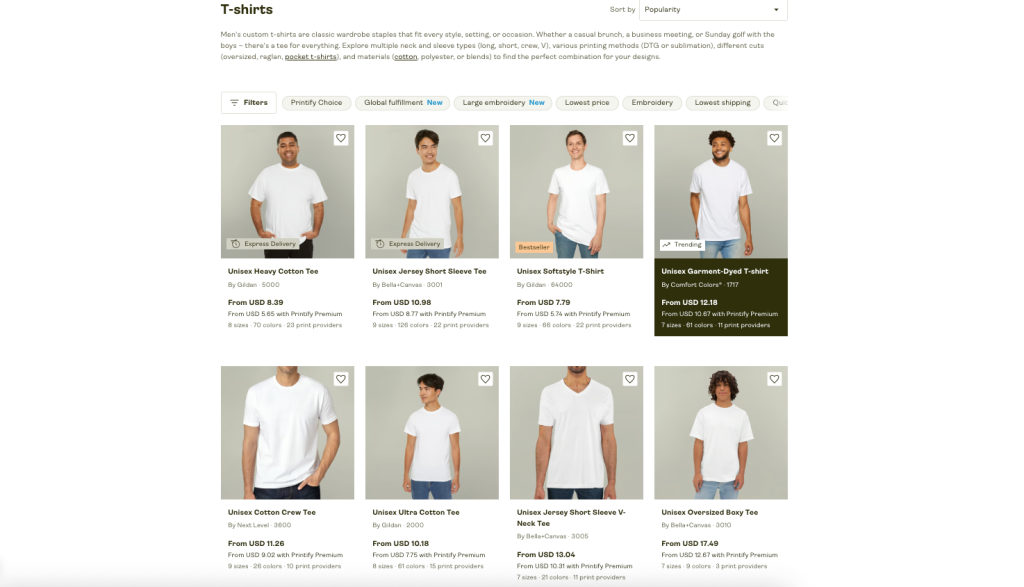
Why use Printify’s Product Creator?
First, it’s completely free to use and requires no technical skills, making it perfect for beginners. You can create professional-grade product mockups to enhance your listings and attract more buyers. The tool also includes helpful features like an AI image generator and text overlay options, enabling you to design eye-catching products directly within the platform.
It supports multi-layer customization, allowing for more complex and personalized designs. Plus, with instant integration to major eCommerce platforms like Shopify, Etsy, and WooCommerce, your finished products can be published and sold with just a few clicks.
Whether you’re starting from scratch or refining your current product lineup, Printify’s Product Creator streamlines the process and helps you launch your designs quickly and professionally.
How to Customize Products with Printify:
- Sign up for a free Printify account
- Browse the Product Catalogue – Choose from apparel, drinkware, home decor, phone accessories, and more.
- Upload and adjust your design – Position it, change colour variations, and preview mockups in real time.
- Publish to your store – With just a click, your customized products can be listed live on your site.
Step 3: Offer Personalization with Printify
Want to take things a step further and let customers add their name, photo? Looking to add a name, photo, or date? That’s where Printify’s built-in personalization feature truly shines.
Here’s how it works: First, upload a base design that includes a placeholder, such as “Your Name Here.” Then, enable personalization so customers can enter their own details like names, important dates, or even photos, directly on the product page. Once an order is placed, you can review and approve the custom design in your Printify dashboard, and Printify takes care of the printing and shipping from there.
This feature is especially valuable for creating personalized gifts for weddings, anniversaries, and birthdays, as well as keepsakes, memorabilia, and seasonal or limited-edition product drops.
Pro Tip: Always order a sample of any new personalized product before launching it to customers. This lets you verify print quality and ensure that the personalization displays exactly as intended, helping you maintain high standards and avoid customer issues down the line.
Step 4: Connect to Your Sales Channel
With Printify, you can connect your account to top eCommerce platforms and marketplaces, including:
- Shopify
- Etsy
- Wix
- WooCommerce
- BigCommerce
- eBay
These integrations offer automated order fulfillment, inventory management, and real-time syncing, letting you focus on selling, not logistics.
Step 5: Enhance Product Customization with Third-Party Tools
To offer a richer, more interactive shopping experience, consider integrating third-party personalization apps through your Printify dashboard. These tools enhance the buying journey by allowing customers to see real-time previews of their personalized items, which not only improves satisfaction but also boosts conversion rates and minimizes order errors.
One popular option is HelloCustom, designed specifically for Etsy sellers. It enables dynamic previews of personalized products and comes with a 14-day free trial, making it an easy starting point for new sellers.
For those using Shopify, Etsy, or WooCommerce, Customily is a powerful solution. It supports live previews for text, images, and design elements, helping customers visualize exactly what they’re ordering.
Another robust tool is Anywhere POD, which works with Shopify and Etsy. It offers full-featured personalization, including template customization and a user-friendly interface that enhances the overall shopping experience.
By using these tools, you not only improve the visual appeal of your store but also give your customers the confidence to complete their purchase, knowing exactly what they’re getting.
Step 6: Build a Store That Showcases Personalization
Design your storefront to clearly highlight customization and personalization options. Here’s how to make your shop stand out:
- Use branded visuals – Include a logo, consistent colours, and professional banners
- Showcase customization – Use product photos and mockups that highlight personalization features
- Include social proof – Add reviews and testimonials to increase trust
- Offer FAQs – Explain how personalization works and set clear expectations for delivery
Step 7: Price Your Custom Products for Profit
While print-on-demand (POD) allows you to avoid inventory costs, setting the right price for your products is still crucial for profitability and long-term success. Several factors should guide your pricing strategy.
Start with the base cost, which includes the production cost from your POD provider, such as Printify, plus shipping. Don’t forget to account for your time and the effort spent on creating or customizing each design. Your work has value. Next, consider the market pricing by researching what similar sellers in your niche are charging. This helps you stay competitive while avoiding underpricing.
Perceived value is another important factor. Personalized or custom-made items often carry emotional significance, allowing you to price them at a premium. Additionally, promotions like product bundles or seasonal offers can help boost sales volume and average order value.
A simple formula can help you determine your retail price:
Retail Price = (Cost of Goods + Fees) + Profit Margin
For example, if it costs $8 to produce a custom mug and you aim for a $10 profit margin, your listing price should fall between $18 and $20, depending on the competitiveness and perceived value within your niche.
Step 8: Promote Your Personalized Products
Once your store is live and your products are published, the next crucial step is driving traffic to your shop. Effective marketing is key to attracting potential buyers and generating consistent sales.
Start by leveraging social media platforms like Instagram, TikTok, and Pinterest. Use these channels to showcase your product mockups, share customer reviews, and create engaging content that highlights your brand’s personality. Visual platforms are especially powerful for print-on-demand (POD) sellers, as they allow you to demonstrate how your products look and fit into customers’ lifestyles.
Email marketing is another valuable strategy. Regularly send promotions, announce new arrivals, and share curated gift guides with your subscribers. This helps keep your audience engaged and informed about your latest offerings.
Content marketing can also drive organic traffic. Write blog posts around timely topics such as gift ideas, holidays, or niche interests related to your product line. These articles can not only attract readers but also establish your brand as a helpful resource.
Don’t overlook the power of SEO. Use specific, long-tail keywords in your product listings, such as “custom mugs for dog lovers” or “personalized gifts for dads,” to improve visibility in search results.
Lastly, consider partnering with micro-influencers in your niche. These influencers often have highly engaged audiences and can authentically promote your products to potential buyers who trust their recommendations.
Best Product Customization Examples to Boost Your eCommerce Sales
From practical everyday essentials to meaningful, one-of-a-kind gifts, customized products are increasingly dominating online shopping trends. Not only do they meet customer needs, but they also reflect personalities, tell stories, and make moments more memorable.
For eCommerce store owners looking to boost conversions, adding custom products can be a game-changer. With that in mind, here are the top categories that combine popularity, versatility, and personal appeal.
1. Custom Apparel – Where Style Meets Self-Expression
Personalized clothing is a consistent bestseller in the print-on-demand space. Whether it’s a shirt with a funny quote, a hoodie celebrating a milestone, or a matching family set, apparel serves as the perfect canvas for creativity. This category continues to thrive because it combines timeless style with everyday practicality.

One of the key reasons personalized apparel sells so well is its emotional value, especially when given as a gift. Customized items can carry deep meaning, making them ideal for birthdays, anniversaries, holidays, and other special occasions. Personalization also allows for easy customization with names, slogans, or graphics, making each piece feel unique and thoughtful.
Additionally, personalized clothing is especially popular within niche markets, such as special events, fandoms, or specific professions. These targeted designs resonate deeply with specific audiences, further driving demand and boosting sales potential.
Top Custom Apparel Picks:
- Unisex t-shirts – Add custom text, quotes, or minimalist designs
- Hoodies & sweatshirts – Great for groups, teams, and cold-weather gifting
- All-over print joggers & leggings – For bold, eye-catching fashion pieces
- Quarter-zip pullovers – Professional and personalized for business or sports teams
2. Home & Living – Custom Products That Make a House a Home
Customized home decor items are perfect for seasonal promotions, housewarming gifts, or cozy self-care shopping. These products add a warm, personal touch to any space, making them a must-have in any print-on-demand catalog. Their charm lies in their ability to blend personalization with functionality, transforming ordinary spaces into meaningful ones.

These items are highly giftable, which makes them especially popular for holidays, weddings, and life milestones. Whether it’s a personalized pillow with a family name, a photo-printed canvas, or a custom date plaque, these touches make each piece feel truly one-of-a-kind. The option to include names, photos, or significant dates enhances their sentimental value, making them both thoughtful and memorable.
Top Custom Home Picks:
- Plush blankets & pillows – Add names, special dates, or family portraits
- Canvas wall art & posters – Inspirational quotes or pet illustrations
- Scented candles & notebooks – Perfect as bundled gifts or event giveaways
3. Custom Accessories – Small Items, Big Personality
From coffee mugs featuring inside jokes to monogrammed tote bags, custom accessories let shoppers express their style in both fun and functional ways. Because they’re lightweight and versatile, these items are perfect for impulse purchases, promotional campaigns, and everyday personalization, making them a valuable addition to any print-on-demand product lineup.
One reason these products convert so well is their lower price point, which makes them easy to sell and appealing to a broad audience. They’re also perfect for bundling with other items or creating thoughtful gift sets. Additionally, custom accessories shine during themed or seasonal drops, such as Valentine’s Day, graduations, or back-to-school promotions, giving sellers even more opportunities to boost sales throughout the year.
Best-Selling Custom Accessories:
- Mugs & tumblers – Add witty text, pet images, or initials
- Phone cases – Offer style + protection with custom designs
- Tote bags – Eco-friendly, personal, and versatile
- Pet bandanas – Tap into the booming pet niche with custom name prints
- Custom jewellery – Personalized necklaces or bracelets with initials or charms
Expert Tips for Product Customization for eCommerce Sellers
Selling customized and personalized products online isn’t just about giving customers more choices. It’s about delivering memorable, tailored experiences that drive loyalty and boost your bottom line. But to stand out in today’s competitive eCommerce landscape, you’ll need more than just creative product ideas.
Here are six proven strategies to help you maximize your sales from customized products and build a strong, scalable brand:
1. Conduct Competitor Research to Find Your Product Customization Edge
Before launching your customized product line, it’s essential to analyze what similar brands are doing and identify how you can do it better. Research top-performing stores within your niche and take a close look at their strategies. Pay attention to key elements such as their pricing structure, the types of personalization features they offer, the quality of their mockups and product photos, and what customers are saying in reviews.
Customer feedback, in particular, can reveal common pain points or unmet expectations. Valuable insights that you can use to refine your own offerings.
Action Step: Create a comparison chart to track what your competitors are offering. Use this as a tool to identify gaps in the market and opportunities to stand out. Whether it’s by offering more unique customization options, better value, or higher-quality visuals, this competitive edge can help set your store apart from the rest.
2. Use Smart Pricing Strategies for Personalized Products
Custom products often carry a higher perceived value, which makes pricing them correctly a crucial part of your strategy. Unlike generic items, personalized products require more time, effort, and attention to detail, so your pricing should reflect not just production costs, but also the value of customization and what the market is willing to pay.
To maximize profitability, consider setting tiered pricing for added features such as name customization, photo uploads, or premium packaging. Bundling related products like a mug and tote bag set not only adds convenience for shoppers but also increases your average order value. Additionally, offering volume discounts can attract group gift buyers, event planners, or businesses looking for branded merchandise.
Pro Tip: Use A/B testing or trial offers to monitor what customers are willing to pay, especially during peak gifting seasons. This allows you to fine-tune your pricing and better align with buyer expectations while maximizing revenue.
3. Use High-Quality, Realistic Product Mockups
Your product visuals are essentially your storefront—and often the deciding factor between making a sale or being scrolled past. In fact, in the world of customized products, strong, high-quality images are non-negotiable. They not only showcase your design but also communicate the value and quality of your brand.
This is where mockups come in. Professional, lifelike visuals build trust with potential customers by making your store look polished and credible. Moreover, they help reduce product returns by accurately setting expectations around color, size, and customization details. Most importantly, mockups allow shoppers to visualize exactly how their personalized item will look, which can significantly influence their decision to buy.
To create these visuals with ease, use Printify’s free Product Creator. This tool enables you to generate photorealistic mockups, preview your designs on a wide range of products, experiment with color variations, and highlight customization features. As a result, your listings will not only look more professional but also convert more effectively.
4. Market Your Custom Products on Social Media
Social platforms are powerful drivers of eCommerce sales, especially when it comes to visual and shareable products like customized items. Leveraging platforms such as Instagram, TikTok, Pinterest, and Facebook can help you build brand awareness, drive traffic, and convert followers into customers.
To get the most out of your social media marketing, share behind-the-scenes content that gives your audience a glimpse into your creative process, like design creation, packaging, or customer orders in progress. This type of content builds authenticity and connection. Encourage happy buyers to share user-generated content and tag your shop, creating social proof and increasing visibility.
Running giveaways or seasonal campaigns centered around your personalized products can also generate excitement and boost engagement. These promotions not only drive short-term sales but also help grow your audience over time.
Hashtag Strategy: To reach your ideal customer organically, use niche-specific hashtags such as #customgifts, #personalizedproducts, or #giftideas. These tags help your content appear in relevant searches and connect with users actively looking for unique, customized items.
5. Optimize for SEO to Drive Organic Traffic
Customized product listings need more than just eye-catching photos. They also require search-optimized content to rank well on platforms like Google, Etsy, and other eCommerce marketplaces. Without strong SEO, even the most beautiful products can go unnoticed by potential buyers.
To improve visibility, focus on using long-tail keywords that reflect how people search for personalized items. Terms like “custom baby onesie” or “personalized travel mug” are both specific and highly targeted. Your product descriptions should be detailed and informative, covering everything from size and materials to available personalization options. This not only helps with SEO but also builds buyer confidence.
Don’t overlook image optimization either. Add relevant keywords to your image alt-text, such as “custom monogram mug gift”, to help search engines understand and index your visuals properly.
Pro Tip: Use keyword research tools like eRank, Ubersuggest, or Semrush to identify high-traffic, low-competition terms in your niche. Incorporating these keywords strategically throughout your listings can significantly increase your chances of being discovered by the right audience.
6. Track Performance and Optimize Based on Data for Product Customization
You can’t improve what you don’t measure. For this reason, tracking performance is essential to growing a successful customized product business. By consistently analyzing your best-selling designs, most engaging features, and customer behavior across your store, you’ll gain valuable insights that can help refine your offerings and boost conversions.
To get started, focus on key questions such as: Which product customizations generate the most sales? Are customers more likely to personalize items for gifting or personal use? Do seasonal launches perform better when personalization options are available? The insights you gather from these questions can then guide your design decisions, marketing strategies, and pricing approaches, helping you make data-driven choices that drive growth.
Furthermore, to make informed decisions, leverage tools like Google Analytics to understand user behaviour, Printify order data to identify top-performing products, and Google Trends to spot rising keywords and seasonal demand. By monitoring these metrics regularly, you’ll be able to adapt quickly and keep your business growing with purpose and precision.
Bonus: Personalize the Shopping Experience with Product Customization
Go beyond simply selling a product. Focus on creating a personalized and memorable customer experience. Start by offering tailored recommendations, such as suggesting “You may also like” items based on a customer’s customization choices. This makes the shopping experience feel more curated and thoughtful.
Follow-up emails are another powerful tool. For instance, after a purchase, you could ask, “Want to create a matching set?” to encourage repeat business. These gentle nudges help keep your brand top of mind and invite customers to return.
Additionally, enhance the checkout experience by offering custom gift wrapping or personalized messages tailored to special occasions. These small but meaningful touches go a long way in building emotional connections, transforming one-time buyers into loyal, lifelong fans.
Final Thoughts: Why Product Customization Is the Future of eCommerce
In today’s experience-driven marketplace, offering product customization and personalization isn’t just a luxury—it’s a powerful competitive advantage. As more consumers seek items that reflect their individuality, personalization allows your brand to connect with customers on a deeper, more meaningful level.
Luckily, with print-on-demand solutions like Printify, you can easily provide a wide array of customizable products without the burden of managing inventory or navigating complex logistics. Whether it’s personalized apparel, home goods, unique accessories, or heartfelt gifts, your customers can select styles, colors, and custom messages that resonate personally with them.
By integrating customization features into your online store, you create a more interactive and memorable shopping experience, which can lead to:
- Higher conversion rates
- Reduced returns
- Increased brand loyalty
- Greater average order value
Whether your audience includes pet lovers, new parents, or trend-conscious gift shoppers, offering personalized products allows your brand to stand out in a crowded eCommerce landscape while encouraging repeat business.
Ultimately, don’t just sell products—help your customers tell their stories. Start offering customized experiences today and build a brand they’ll never forget.

